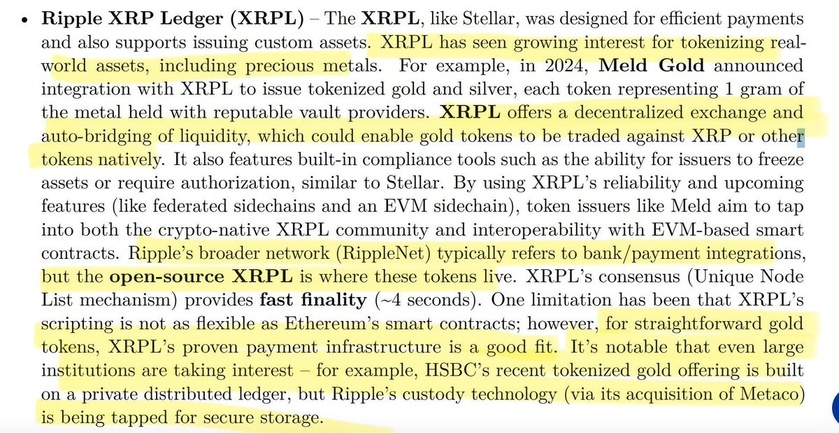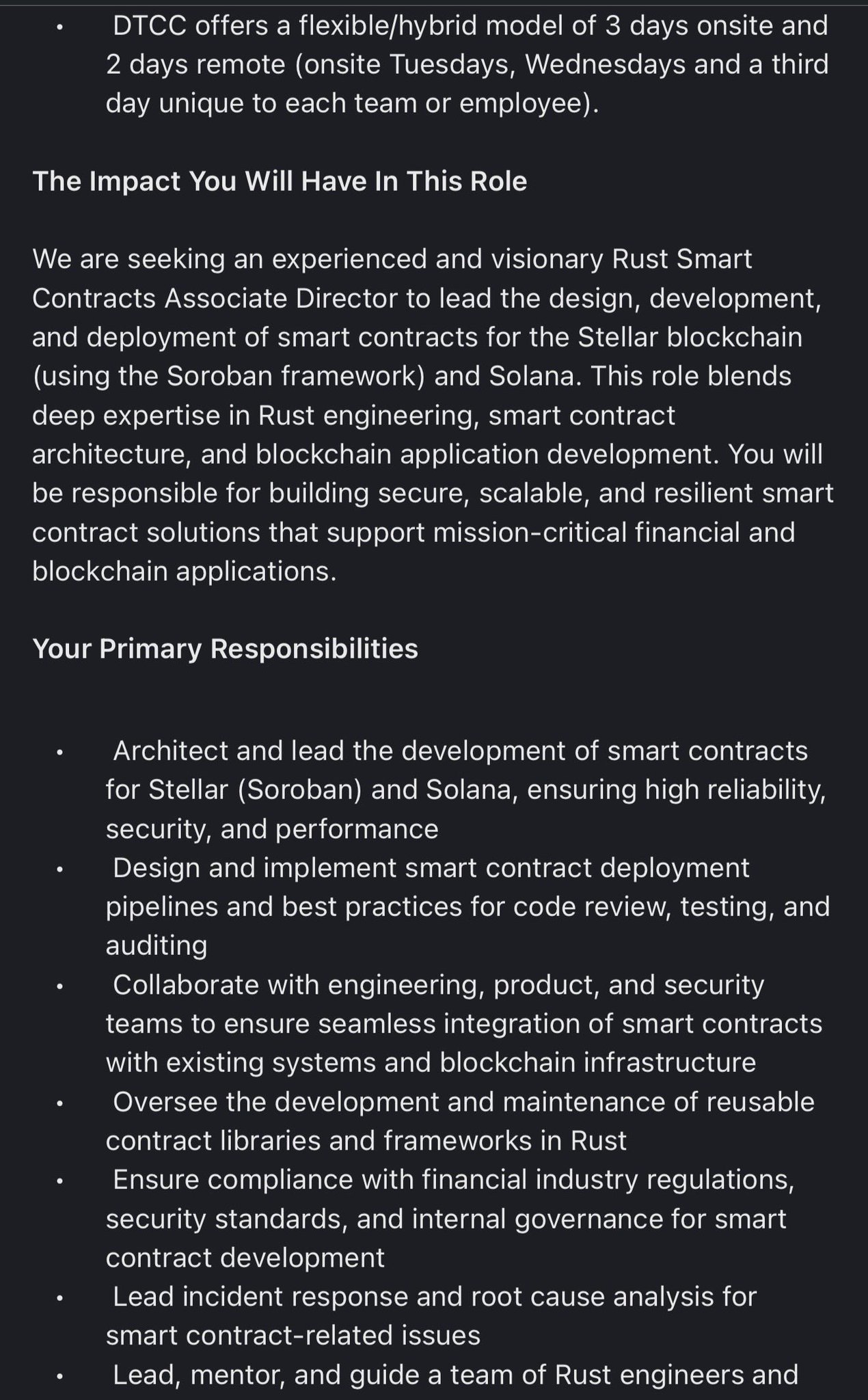As real-time payments networks operate across the globe — FedNow in the U.S. and Faster Payments in the U.K., to name just two examples — those systems still need to communicate with one another as payments cross borders. Data needs to flow, in real time, across currencies and time zones.
And no matter the transaction size, or the senders and recipients — commercial or consumer — banks will still be the trusted intermediaries to make it all happen.
Shaunt Sarkissian, group chief markets officer at The Bank of London, told Karen Webster that the recently announced RTP initiative being piloted by The Clearing House (TCH), EBA Clearing and SWIFT would help further shape how clearing banks operate as real-time payment systems change money movement itself.
The pilot, he said, with the in-place support of 25 banks, “is a further accelerant to what we can call ‘Clearing 2.0’ — and shows what banks can do to be more effective.”
Clearing the Path for Money Movement
Clearing banks have been a mainstay in cross-border transactions and are needed to approve transactions that flow between accounts associated with various banking networks — where, say, a company with an account via Citi in one country transacts with another firm’s Chase account in another country.
As funds are credited and debited, these clearing banks make sure that funds in the payer’s account are able to cover the transaction and honor checks as they are drawn and sent. Traditionally, these same banks have had to “capture” money held in reserve to make sure that the transactions are completed.
The RTP pilot, and faster real-time transactions in general, he said, increases efficiency of these reserves. If the stated goal, as Russ Waterhouse, EVP of TCH said recently, is to make cross-border real-time transactions as simple as domestic real-time payments, it’s important for there to be instant assurance that the sender has funds available to cover the transaction as counterparty banks communicate with one another.
“If you look at this as point-to-point, real-time movement of money, what they’re really doing is streamlining the messaging,” said Sarkissian, “and this makes transactions safer and faster.”
👉Of course, a pivot from the way things have always been done will take some time. Sarkissian noted that there might be some technical heavy lifting necessary to combat the frictions inherent in legacy systems and manual processes.
Sarkissian said there are enough tailwinds in place to spur banks to more fully embrace real-time, cross-border transactions. Regulators are syncing to agree on compliance and messaging; the transaction “dollar” limits are being raised in many corridors, which will boost transaction volumes.
Security Is Top of Mind — Flexibility, Too
One key area that needs to be addressed, said Sarkissian, lies with know your customer (KYC) and anti-money laundering (AML). After all, he said, faster payments can pave the way for faster fraud. Banks will need to examine whether their fraud detection and prevention systems are “caught up” with RTP.
💥The “Clearing 2.0” bank also must be flexible enough to embrace the emergence of new point-to-point, global networks such as 👉Ripple (and XRP) and to settle in whatever currencies stakeholders demand.💥
“As a clearing bank you’ll need the ability to work with whatever rails come in, and as fast as they can move money,” he said.
One key advantage throughout cross-border commerce as RTP networks communicate and interoperate is that the costs of the transfers will decline as transparency and security improve. As parties transact in real time they won’t be as exposed to FX risk, he added.
“As we look at Clearing 2.0,” he said, “from a banking perspective, it’s full steam ahead, and the stars are staring to align.”





























